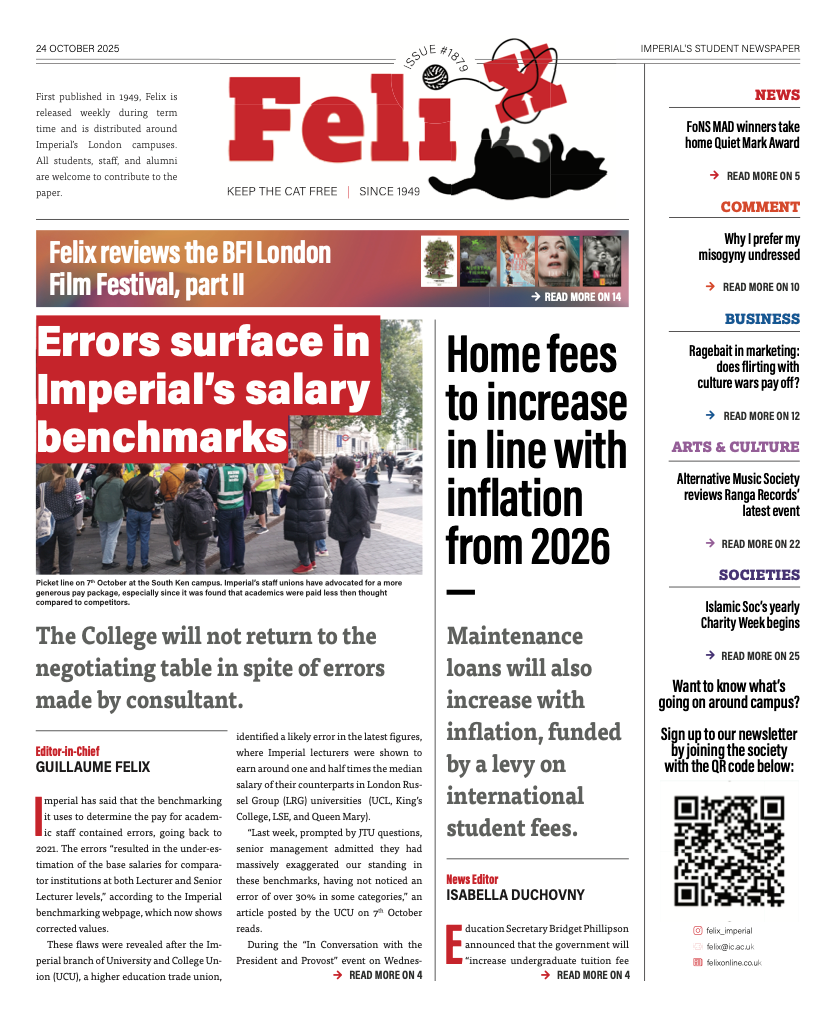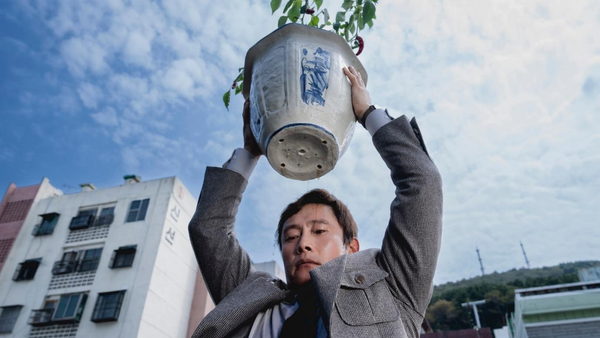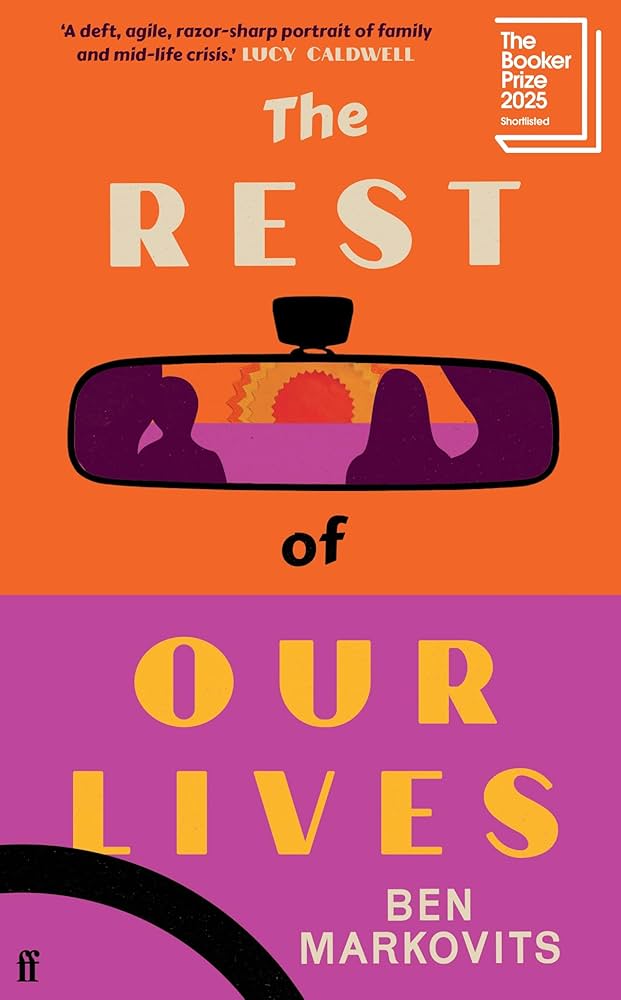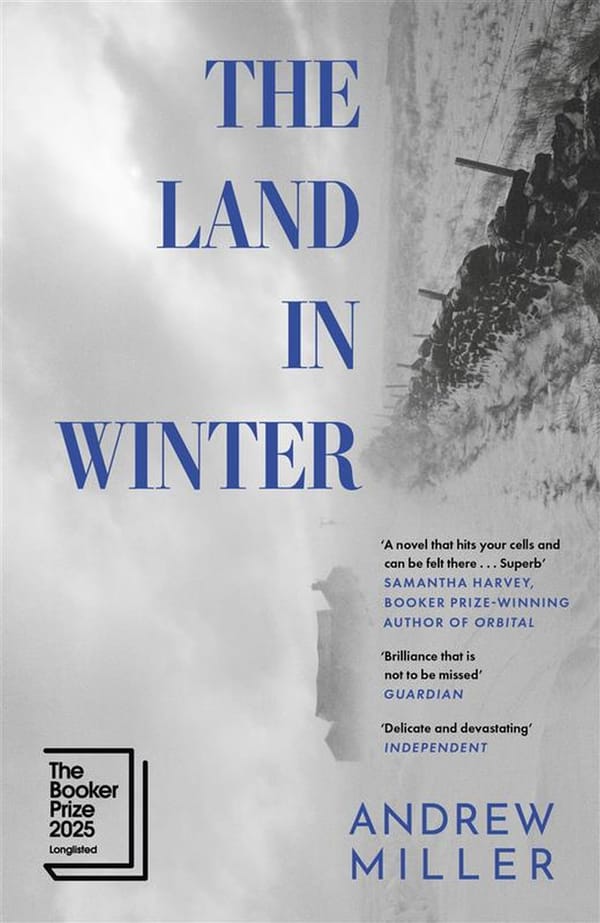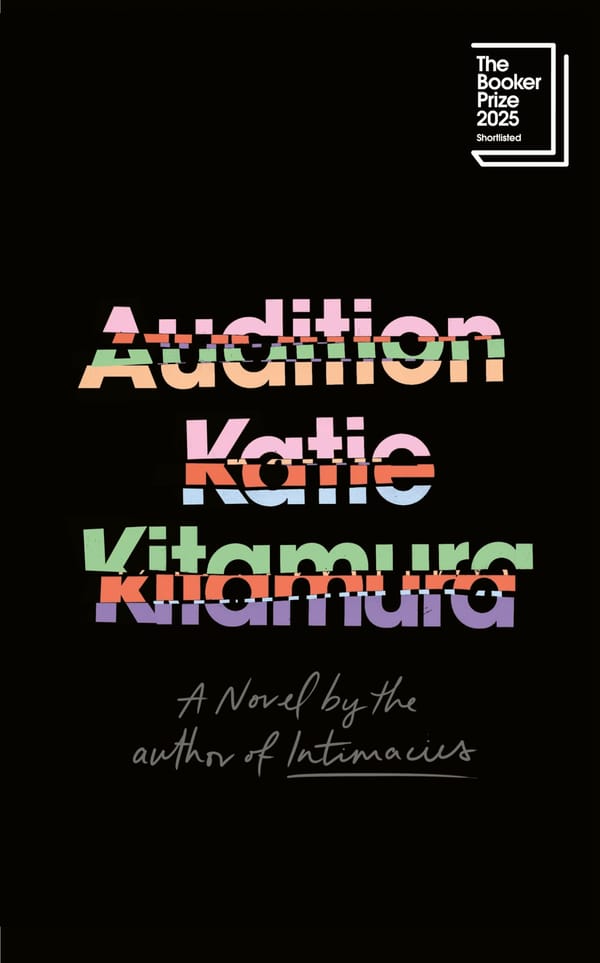Landmarks: Nuestra Tierra
BFI LFF 2025: Indigenous fight for survival, filmed over fifteen years
On 12th October 2009, a man was shot dead while protecting his community.
The Indigenous Chuchagasta community is located in Argentina’s Tucumán Province. It is a community belonging to the Diaguita Indigenous people – people known for their beautiful pottery and advanced irrigation systems. A people whose culture, land, and spirits have been trampled on since the moment Spanish colonisers stepped foot on their soil in the 16th century.
Hundreds of years later, in 2006, Law No. 26,160 – the Indigenous Lands Emergency Law – was passed in Argentina. It declared that it was illegal to evict Indigenous Peoples from their land. A temporary law, lasting only four years, but a law nonetheless. These four years were to be used for surveys, to establish which lands belong to the indigenous communities – but were these surveys carried out?
On 10th December 2024, International Human Rights Day, current President Javier Milei annulled the 2006 Law after three extensions.
Law No. 26,160 was only a paper shield – the murder of Javier Chocobar by local landowner Darío Luis Amín happened three years after the law was passed – but at least it signalled that there was someone to be protected. Since the histories of these communities have been erased, as Chocobar’s widow Antonia reveals in this documentary, it means that courts often ignore the existence of these communities, let alone their rights.
Lucrecia Martel started following the story of Javier Chocobar in 2010, therefore working on this documentary for a total of 15 years. The murder was finally brought to trial in 2018, and this documentary throws us into the courtroom sitting mere metres from Amín. Alongside the case, we are shown stunning drone shots of the Tucumán Province from the sky, and we listen to stories told to us by members of the community. Martel scanned every single photograph the community could provide, and these photos appear on screen sometimes with the acoustic backdrop of memories and sometimes simply with music.
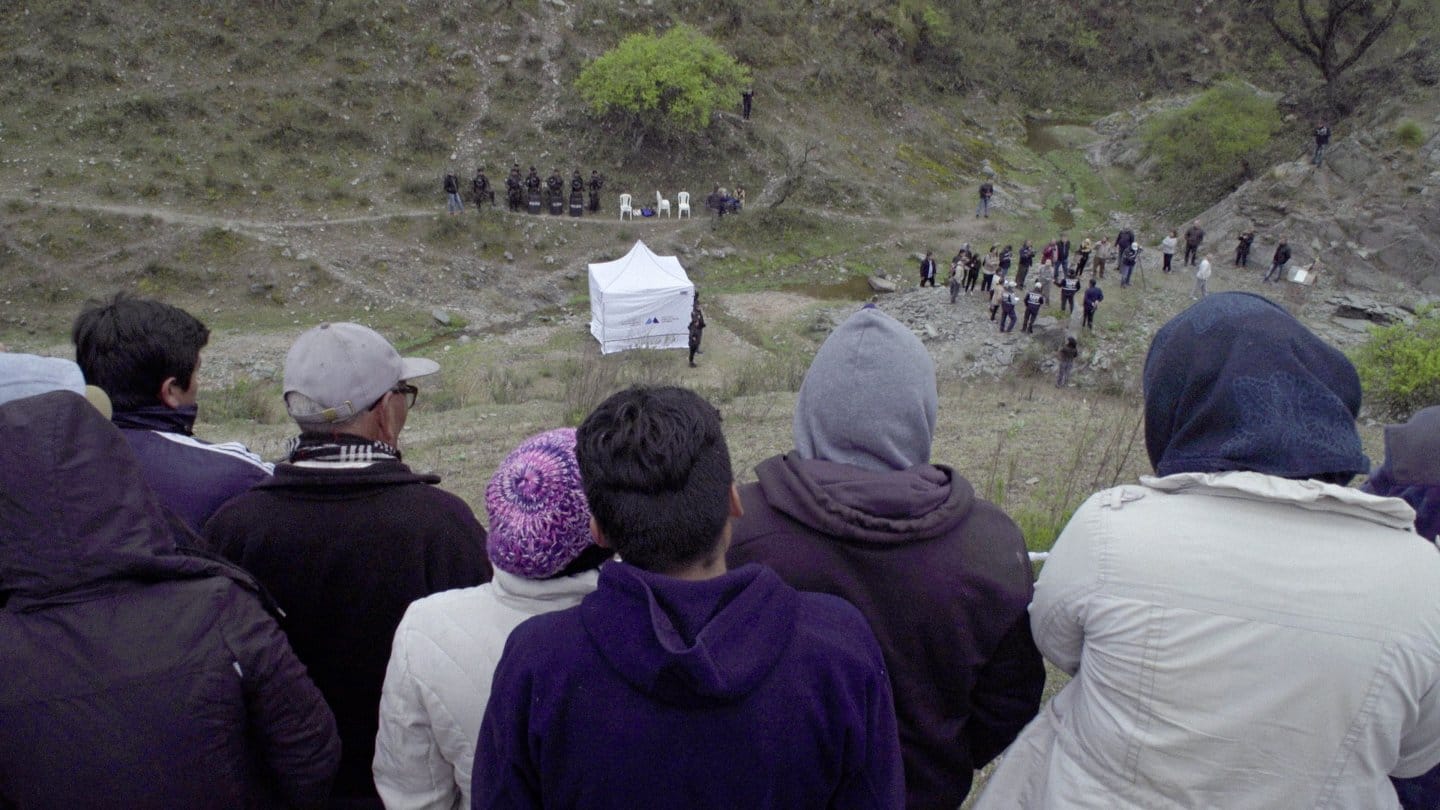
Intimacy is amplified in the contrasting distances: drone shots offer a bird’s-eye view, far from the people who define this story, while the photos bring us into the lives of the families, as we are offered a perspective more personal than any interview can offer. It feels as though we are sat next to these people, flipping through their family photo-albums.
And it is shot with such sensitivity. You can tell that this is the first time the community has felt heard – and the excitement they feel in being able to share their culture, upbringing and experiences, is infectious.
A poignant and exquisitely shot documentary.
There is a scene which especially stuck out to me. At a point in the court proceedings, the defence lawyer uses a statement from an article which declared that the Chuchagasta community was extinct. Immediately, the film cuts to the man who wrote that article. He says, “I wrote that? I probably wrote that just to embellish the article,” before continuing along the lines of, “I can’t be expected to research everything I write, imagine how long that would take.”
Some laughs were heard. I laughed. But it’s the kind of laugh that makes you want to immediately cry.
In the end, Martel delivered a poignant and exquisitely shot documentary of a community that Argentine rendered extinct on a whim. At the Q&A session following the movie Martel expressed her satisfaction about the fact that, despite how she’ll feel about the movie in three, five, or ten years, she managed to scan and catalogue all those photos. It is proof of their history, so that they may not be ignored any longer.
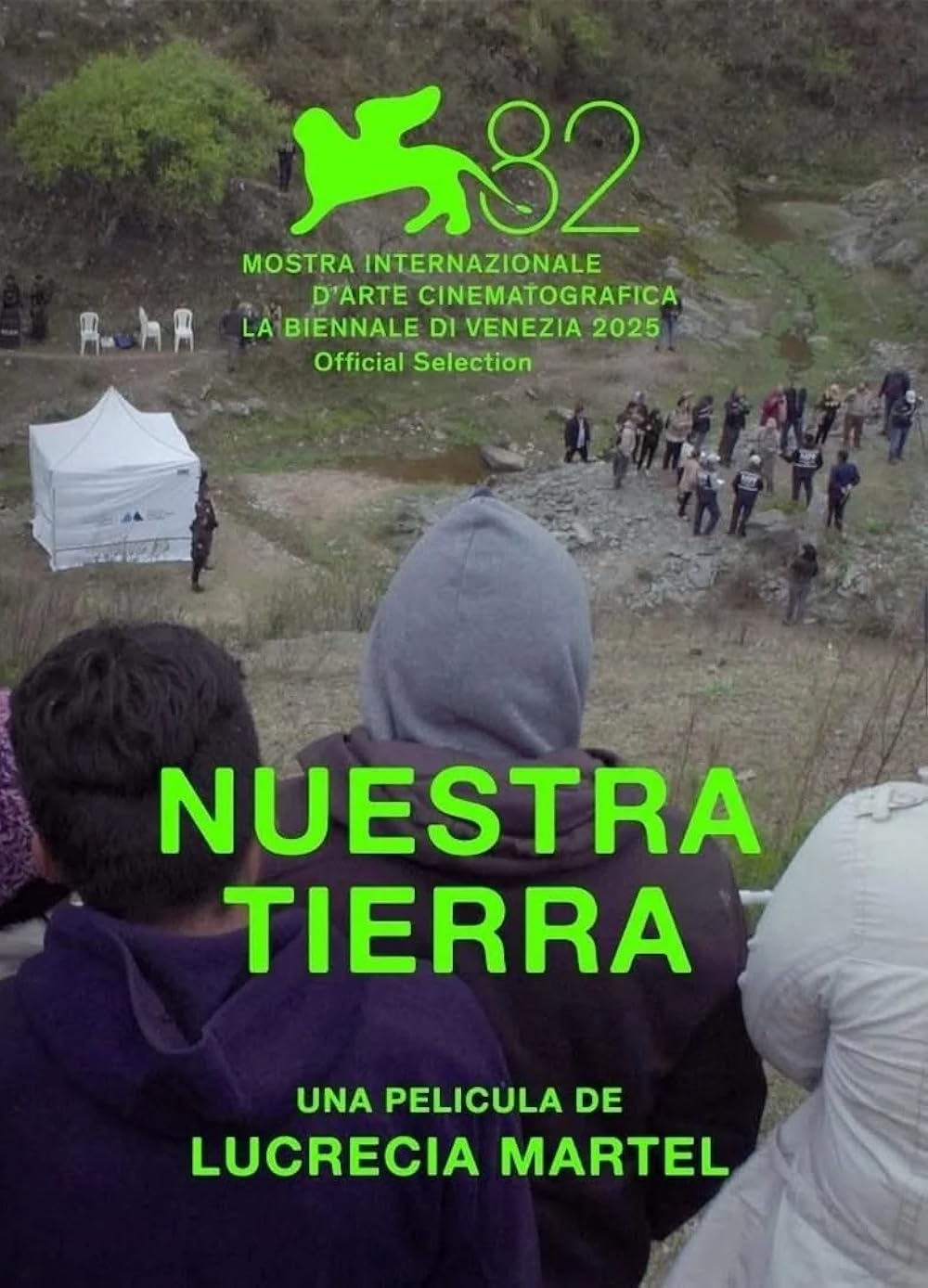
2025 BFI London Film Festival Best Film Award Winner
Documentary
Director: Lucrecia Martel
Screenwriters: Lucrecia Martel, María Alché
Run time: 122 min
Release date: Limited release

